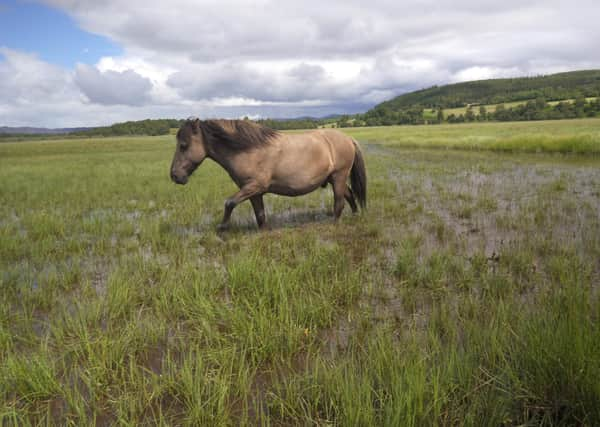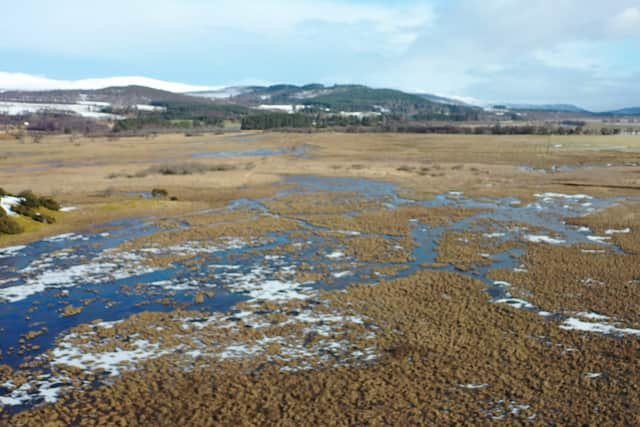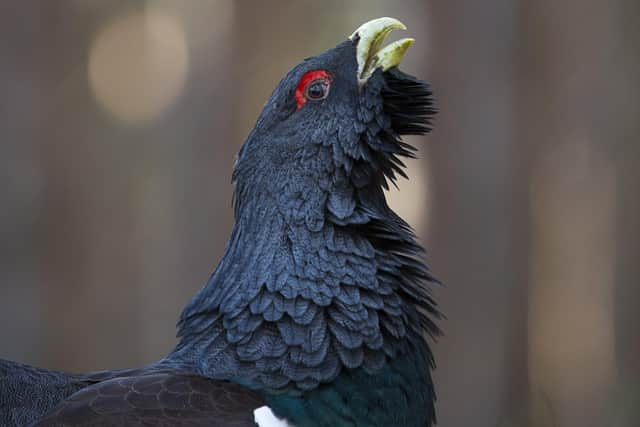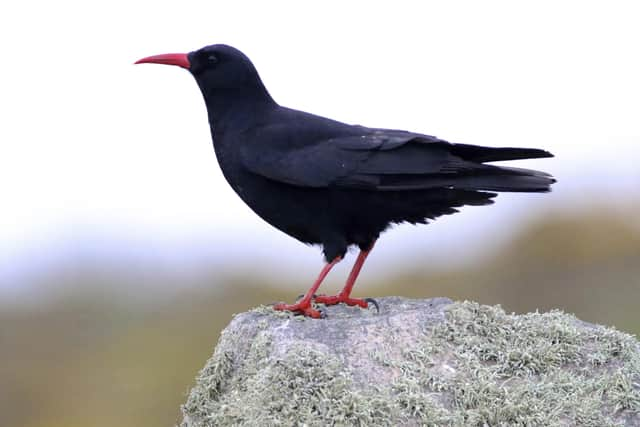RSPB Scotland’s 100% For Nature project
This article contains affiliate links. We may earn a small commission on items purchased through this article, but that does not affect our editorial judgement.


The campaign, 100% For Nature, aims to boost the condition of nationally and internationally important natural heritage features, protecting special species and habitats at 12 RSPB Scotland nature reserves.
Important wetland, forest and montane willow habitats will benefit, as will key species such as capercaillie, wintering geese, chough and breeding waders.
Advertisement
Hide AdAdvertisement
Hide AdProjects include grazing Konik ponies to help restore the largest floodplain fen in the UK at Insh Marshes, using remote controlled flail mowers to cut heather in ancient pine forests to improve conditions for capercaillie by increasing the amount of blaeberry and invisible fencing to better manage dune systems on the Solway Coast.


The aim is not only to improve the condition of the RSPB’s own reserves, but to offer science-based approaches that other landowners can use and learn from.
Duncan Orr-Ewing, head of species and land management at RSPB Scotland, said: “Improving key habitats for nature is at the heart of the RSPB’s work.
“Many of our sites are protected nature conservation areas, which we regard as an accolade.
Advertisement
Hide AdAdvertisement
Hide Ad“We are delighted to be able to use such a wide range of innovative techniques to make our reserves the very best they can be for wildlife.


“We hope this work will also allow all those who manage land and other protected nature sites to benefit from the evidence we build over the lifetime of the project.”
A four year project, 100% For Nature has been funded by an EU LIFE grant of just over £1.25 million. The RSPB has also committed over £650,000 and NatureScot will provide £80,000.
The condition of protected areas is monitored in Scotland by NatureScot.
Advertisement
Hide AdAdvertisement
Hide AdIf all features on a site have reached favourable condition it means that the land is being managed in a way which meets key objectives for nature.


Most of RSPB’s nature reserves in Scotland are designated sites, recognised as being internationally and nationally important for nature.
These include Special Protection Areas (SPAs) and Special Areas of Conservation (SACs), which receive the highest level of protection due to their importance and require active management to ensure nature is thriving.
Duncan added: “We take our domestic and international conservation commitments very seriously.
Advertisement
Hide AdAdvertisement
Hide Ad“Our aim is to be an exemplar of best practice, including meeting our legal obligations to protect and enhance the most important natural heritage features of these sites.
“In Scotland, most of the protected features on our sites are in good conservation condition which is formally known as “favourable condition”.
“However, our aim is to get 100 per cent of the protected features on our land into favourable condition – hence the 100% For Nature project.
“This is a challenging ambition but it is one that we think is deliverable over the four year project period.
Advertisement
Hide AdAdvertisement
Hide Ad“Our work will also contribute to Scotland’s biodiversity strategy.”
Protected areas are an effective tool for tackling the climate and nature emergency, when accompanied by measures to improve nature in the wider landscape.
Bringing Scotland’s most important nature sites into favourable condition is therefore critical and requires collective and co-ordinated action from landowners across Scotland.
It is hoped the project can provide some best practice techniques and contribute to that collective effort.
A full list of the projects and drone footage of some of them can be seen on the project’s website at www.rspb.org.uk/our-work/conservation/projects/100-for-nature.